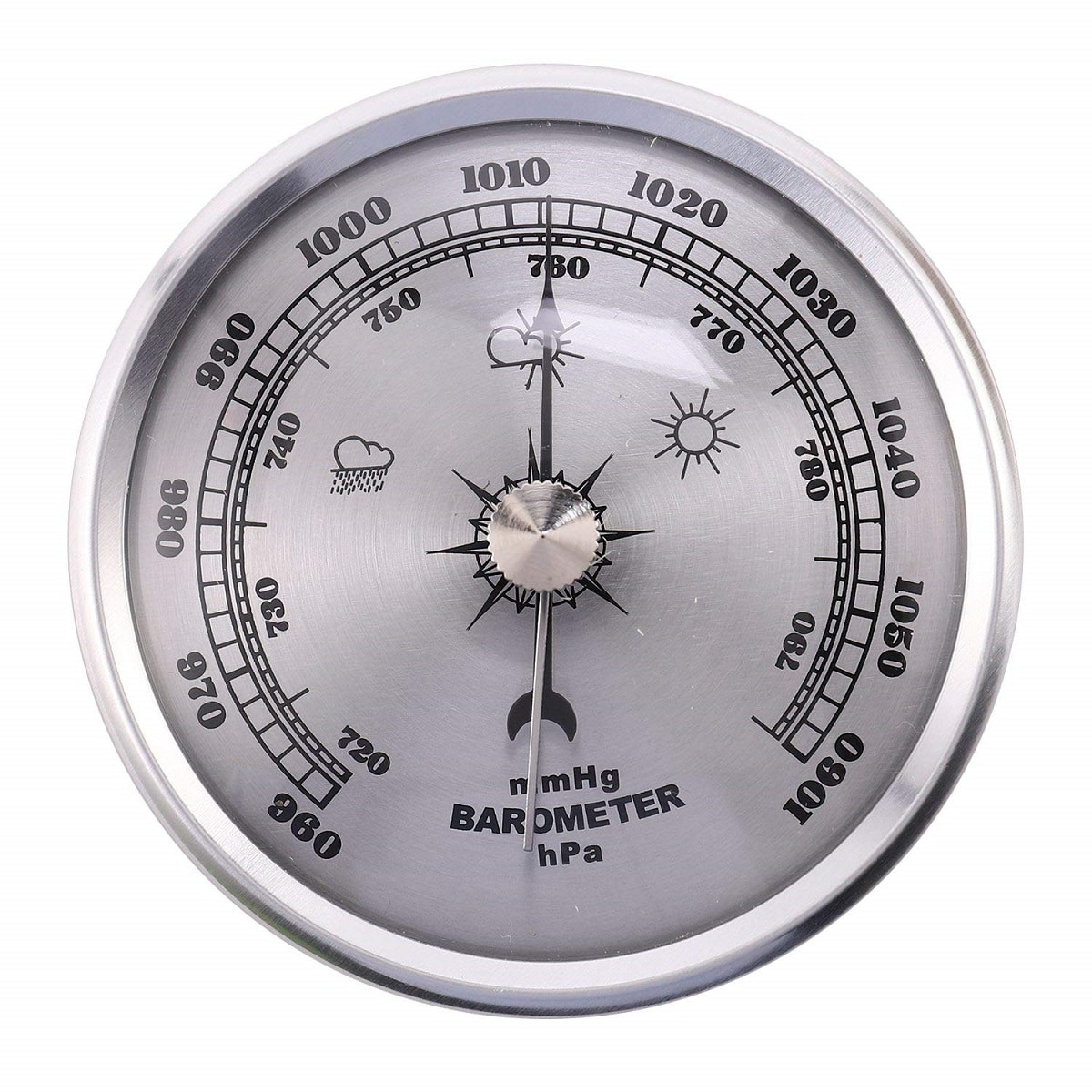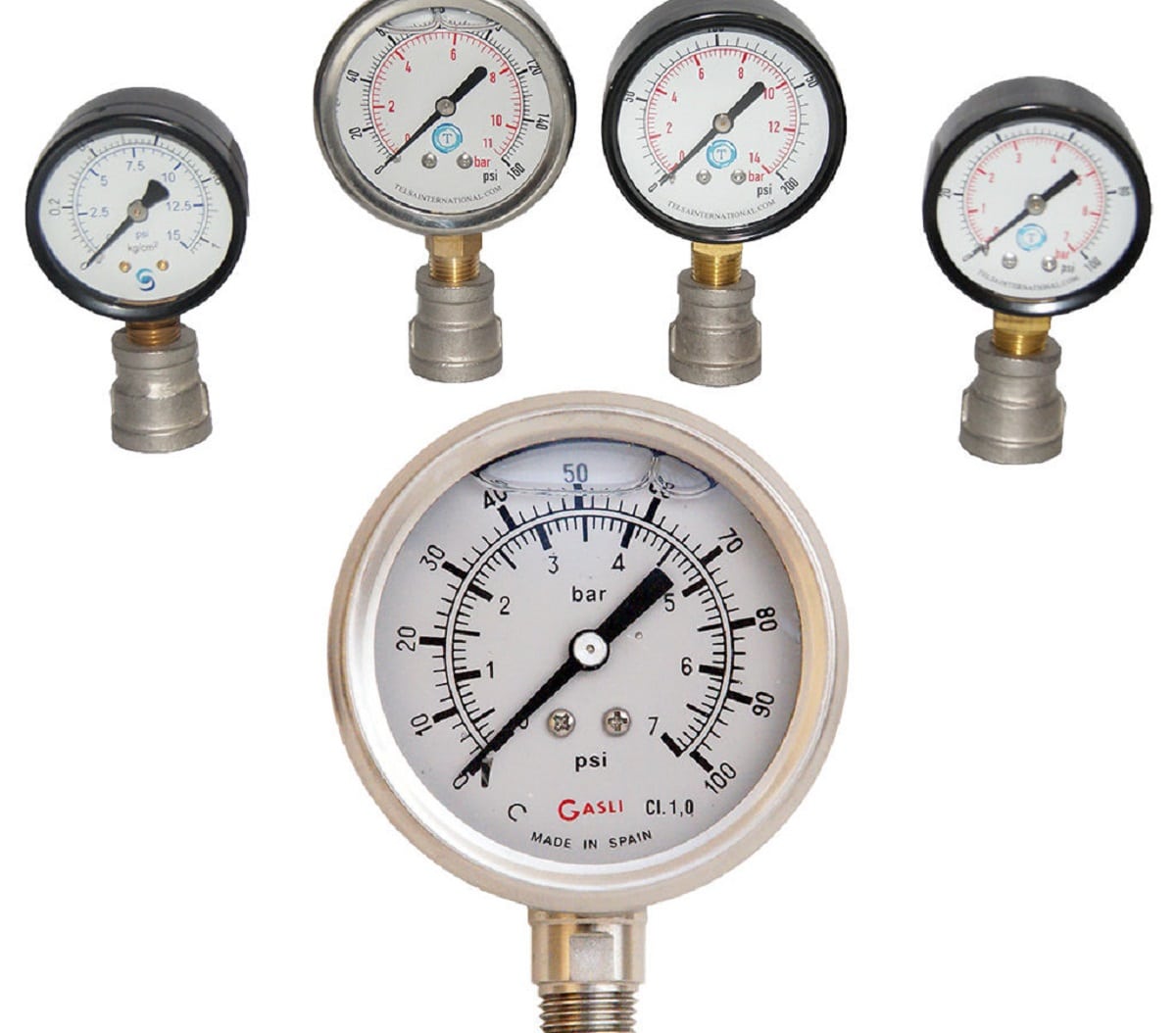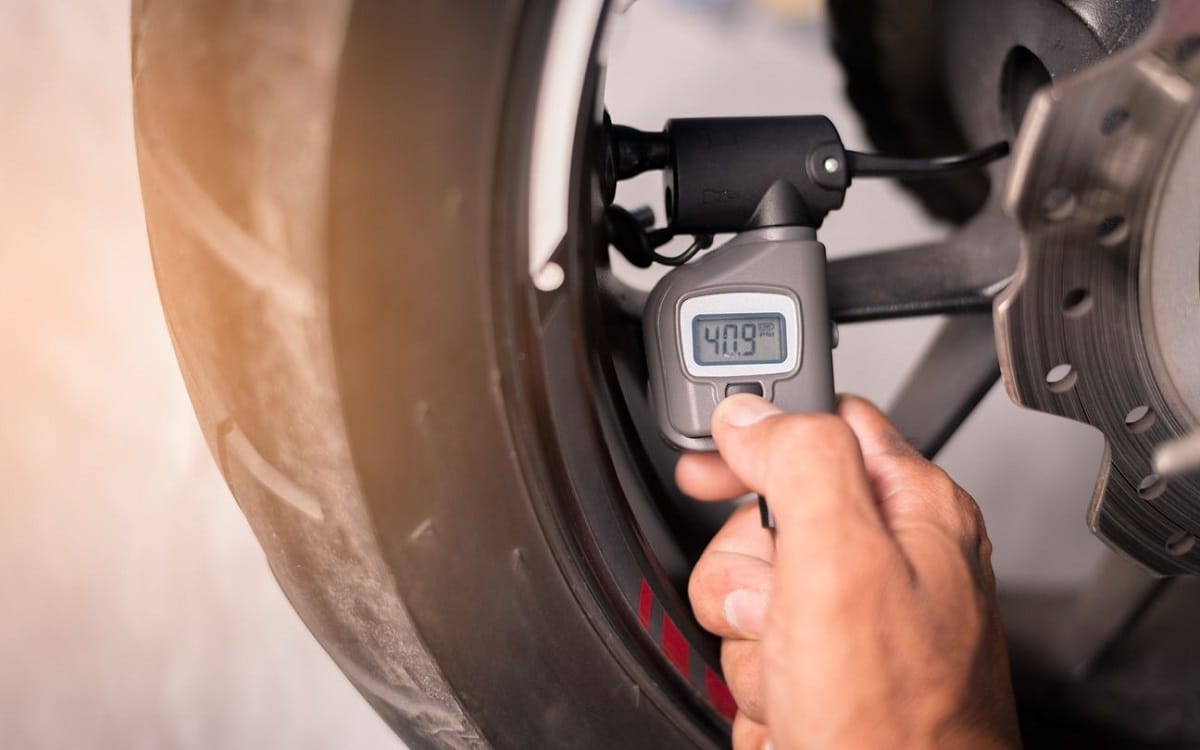
We know that in the field of meteorology there are numerous types of measuring devices. A manometer is used to measure atmospheric pressure. However, many people do not know well What is a manometer and what is it for?
For this reason, we are going to dedicate this article to telling you what a manometer is and what it is for, as well as how to use it and what types of nanometers exist.
what is a manometer

A manometer is a measuring instrument used to measure the pressure of a fluid, either liquid or gas, in a closed system. In meteorology it is used to measure atmospheric pressure.. It is very common in industry and is used in a wide variety of applications, from pressure measurement in automobile tires to pressure control in hydraulic and air conditioning systems.
The operation of a manometer is relatively simple. This device consists of a closed tube that is connected to the closed system whose pressure is to be measured. The tube has a graduated scale and a movable indicator that moves along the scale based on the pressure being measured. The pressure exerts a force on the fluid in the tube, which in turn causes the indicator to move.
There are different types of pressure gauges, each of which is designed to measure different types of pressure. Some manometers measure absolute pressure, while others measure differential pressure or relative pressure. Also, pressure gauges can have different measurement ranges, which means they can measure pressures from a few kilopascals to several thousand kilopascals.
What is it for
In meteorology, the manometer is used to measure atmospheric pressure, which is the force exerted by the atmosphere on the Earth's surface. Atmospheric pressure varies with altitude, temperature, and humidity, and is an important factor in weather and climate prediction.
Pressure gauges used in meteorology are called barometers and are used to measure atmospheric pressure in units of measurement such as millibars or hectopascals. These barometers are used to measure static pressure, which is the pressure of air that is not moving. You could say that they are used to measure the weight of air.
Atmospheric pressure is used in meteorology to make weather and climate predictions. For example, when the atmospheric pressure drops rapidly, precipitation is likely to occur in the next few hours. If the atmospheric pressure increases rapidly, the weather is likely to become drier and sunnier. Here lies the importance of being able to know the atmospheric pressure through the manometer.
Types of pressure gauges

Now that we know what a manometer is and what it is for, we are going to see the types that exist. The U-shaped manometer is the most common, although there are different types. Another pressure gauge is the well type. In this type, if the area of one side of the manometer is several times that of the other, the volume of fluid displaced will represent a very small change in the height of the side with less area.
Another type is the inclined tube manometer, in which the indicator tube of the manometer is arranged obliquely, thus providing an enlarged scale. There are also double tube manometers. The higher the measured pressure, the longer the fluid gauge tube should be. To make reading high range gauges as easy as possible, dual tube gauges were introduced which allow the full range of the gauge to be read at only half the full vertical viewing distance.
Bourdon tube manometers are classified as mechanical pressure measuring instruments and therefore do not require any power source to operate. They are radially formed tubes with an oval cross section. Finally, in absolute or sealed tube manometers, the measured pressure is compared to the vacuum or absolute zero pressure in the sealed tube above the mercury column.
In the case of meteorology, the most common form of sealed tube pressure gauge is the traditional mercury barometer used to measure atmospheric pressure. This is a tube filled with mercury more than 30 inches high, submerged in a container of mercury that is exposed to the atmosphere.
Some procedures, tests, and calibrations are based on pressures near or below atmospheric pressure and they are most conveniently measured in sealed-tube manometers called absolute manometers. These are available in U-shaped or well-shaped configurations. There are pressure gauges with copper alloy and stainless steel parts on the market, and their resolutions, indication ranges, accuracy grades, and allowable temperature ranges are different.
Other uses

The manometer is also used in other sectors and not only in meteorology. For example, in the automobile industry, these devices are used to measure vehicle tire pressure. Proper tire pressure is important to improve vehicle performance and extend tire life. Pressure gauges are also used in brake systems and in the air conditioning system of vehicles.
In the aviation industry they are used to measure pressure in aircraft hydraulic and pneumatic systems. This is important to ensure that the aircraft is in a safe condition for flight. in the chemical industry They are used to measure pressure in chemical reactors. This ensures that the chemical reaction is taking place safely and efficiently.
In the construction industry, they are used to measure pressure in plumbing and heating systems. These measures ensure that the systems function correctly and safely. Finally, it is also used in the field of medicine to measure blood pressure. A cuff is placed on the patient's arm and the manometer is used to measure the blood pressure in the arteries.
I hope that with this information you can learn more about what a manometer is and what it is for.